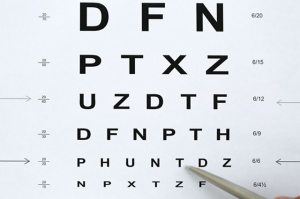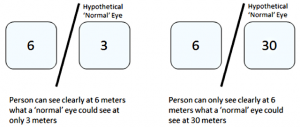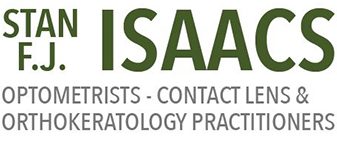What is 6/6 Vision?
6/6 or 20/20 vision compares visual acuity of a person’s eye with that of a hypothetical ‘normal’ eye. Visual acuity refers to the ability to distinguish fine detail and distinctions between objects, with sharp edges and clarity.

An example of Snellen Eye Test. Source: Verywellhealth, 2019.
The numbers stand for 6 metres/6 metres or 20 feet/20 feet. While the common understanding of perfect vision is 6/6, it is possible for a person to possess a measurement of 6/3. The explanation of this number is that the person can see an image clearly at 6 feet which the hypothetical ‘normal’ eye could only see clearly at 3 feet. In reference to the expression ‘eagle-eyed’, eagles and other birds of prey are thought to have 6/1 vision. In the context of an eye examination, the letter chart is the tool used to test visual acuity.

A measurement of 6/6, for example, would mean a person could be determined legally blind as they would only be able to see at 6 metres what another would be able to see clearly at 60 metres. A person with this measurement would probably have difficulty seeing even the first row on a vision chart unaided.
References & Additional Reading
Stahl, W. (2005). Macular Carotenoids: Lutein and Zeaxanthin in Nutrition & The Eye: Basic and Clinical Research. Edited by Albert J. Augustin. (Karger: Basel). P. 70 – 88. From Developments in Ophthalmology Vol. 38.
http://www.color-theory-phenomena.nl/05.00.html








